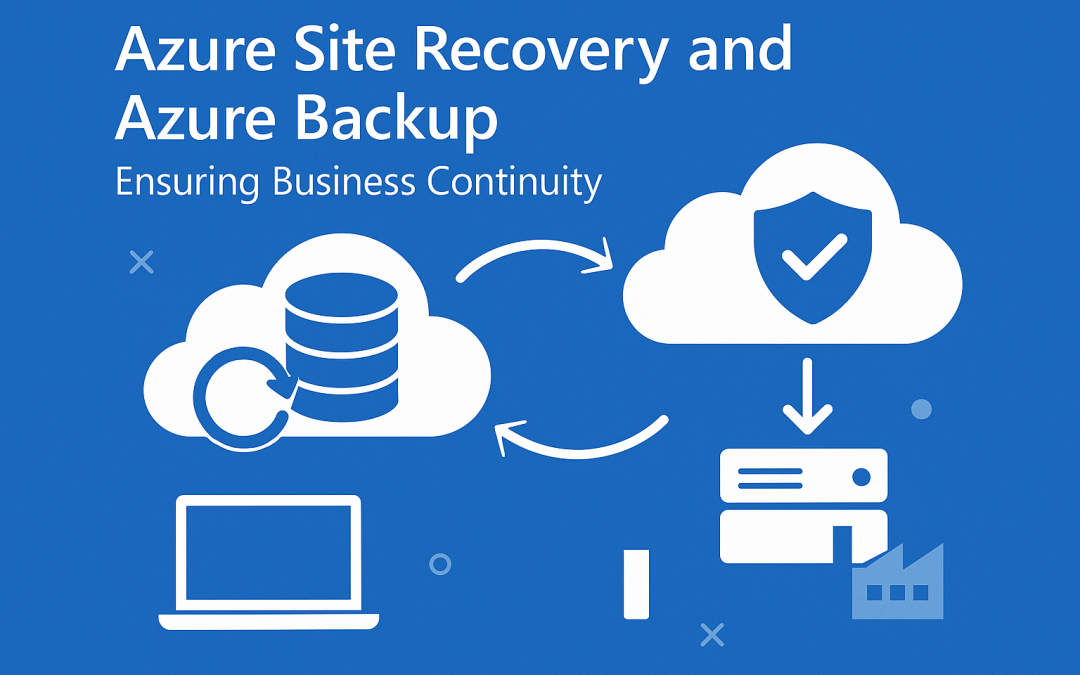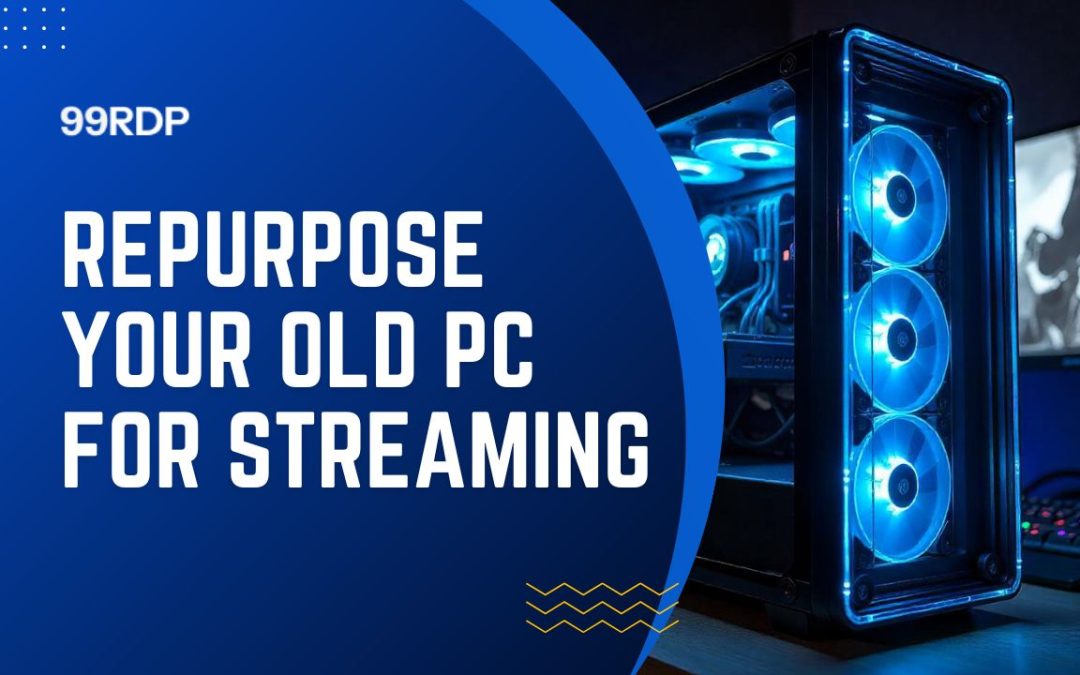Why My Intel N100 Mini-PC Replaced the Raspberry Pi 5
If you’re torn between the Raspberry Pi 5 and a budget-friendly Intel N100-powered mini-PC, you’re not alone. As someone who has spent years building Raspberry Pi projects — from smart home setups to DIY media centers — I’ve seen firsthand how powerful and flexible these tiny boards can be.
But with the rise of affordable Intel N100 mini-PCs, many makers and developers, including myself, are rethinking their setups. For just $15 to $50 more than the high-end Raspberry Pi 5 (16GB), these compact PCs offer significantly better performance, desktop-level features, and greater versatility — all without the need for extra accessories.
In this blog post, I’ll share compelling reasons why I prefer an Intel N100 mini-PC over the Raspberry Pi 5 for most of my projects. Whether you’re building a home lab, running emulators, or just need a reliable low-cost computer, this comparison will help you make the right choice in 2025.
Intel N100 vs Raspberry Pi 5

1. More Modern and Versatile Connectivity Options
- While the Raspberry Pi 5 does offer better ports than its predecessors, it still falls short for more advanced projects. Here’s why:
- It lacks USB Type-C ports, limiting modern peripheral compatibility.
- Its PCIe interface, although a welcome addition, suffers from low bandwidth and requires messy adapter setups for most real-world use cases.
- The Ethernet port maxes out at 1Gbps, which restricts network-intensive applications.
- To make matters worse, the RPi 5 dropped the dedicated audio jack, forcing users to rely on HDMI or USB sound cards.
2. Intel N100 Mini-PCs Offer Far Superior I/O
- Budget-friendly Intel N100-powered mini-PCs solve most of these issues right out of the box:
- You get full-sized USB Type-C ports for faster data transfer and modern connectivity.
- Many models include a dedicated 3.5mm audio jack, making media center setups easier.
- Some N100 mini-PCs ship with dual Ethernet ports, often supporting 2.5Gbps speeds, which is ideal for home labs and network projects.
- Even sub-$150 models come with pre-installed M.2 NVMe SSDs, offering blazing-fast storage performance thanks to x86 PCIe lanes with higher bandwidth.
3. Better I/O for Real-World Projects
Whether you’re building a NAS, setting up Docker containers, or running emulators, the Intel N100 mini-PC’s superior port selection makes it the more practical choice. With more flexibility, faster speeds, and fewer dongles, it’s clear that Intel N100 systems offer better connectivity and expansion for serious hobbyists and developers alike.
4. Wider OS Compatibility Out of the Box
While the Raspberry Pi 5 supports a variety of ARM-based Linux distributions, getting x86 systems to run on it often requires workarounds and compromises. In contrast, Intel N100 mini-PCs shine with native support for almost every major operating system, thanks to their x86 architecture.
5. Run Any OS You Want — Without the Hassle
- With an Intel N100-powered mini-PC, you can easily install and run:
- Windows 11 or Windows Server for everyday computing or light development
- Proxmox VE or XCP-ng for virtual machine and container orchestration
- TrueNAS Scale for high-performance, open-source NAS setups
- pfSense or OPNsense to turn your device into a powerful firewall/router
- Popular Linux distros like Ubuntu, Debian, Arch, and Fedora without needing compatibility layers.
6. Perfect for Home Lab Enthusiasts
If you love building home labs, the Intel N100 mini-PC is a versatile, plug-and-play addition:
- Use it as a Proxmox Backup Server to store container and VM snapshots
- Deploy it as an extra node in a PVE or XCP-ng cluster for redundancy
- Turn it into a dedicated firewall or DNS server with minimal setup
- Install Windows 11 and repurpose it as a lightweight desktop PC for casual use
7. Truly Plug, Install, and Play
You don’t have to fiddle with special images or compatibility tricks. Intel N100 systems just work — making them ideal for both beginners and advanced users who want quick results without diving into kernel patches or third-party bootloaders.
Why the Intel N100 Mini-PC Wins — and How 99RDP Can Help
While the Raspberry Pi 5 still holds value for lightweight tasks and ultra-low power projects, it’s clear that the Intel N100-powered mini-PC delivers far more flexibility, performance, and convenience — especially for power users, home lab enthusiasts, and developers. From faster I/O and richer OS compatibility to superior computing power, the N100 mini-PC easily justifies the slightly higher price tag.
And if you’re looking to take your computing or development setup even further, consider complementing your mini-PC with powerful remote desktop solutions. At 99RDP, we offer high-performance RDP servers that are perfect for running resource-intensive tasks, testing software remotely, or hosting virtual labs without taxing your local hardware.
With 99RDP’s reliable infrastructure and flexible plans, you can:
- Host VMs and containers in the cloud
- Access your projects remotely, from any device
- Offload heavy workloads from your mini-PC
- Run Windows or Linux environments 24/7 with minimal downtime
Ready to supercharge your workflow? Pair your Intel N100 mini-PC with a dedicated RDP solution from 99RDP — and unlock the best of both local and cloud computing.
EXPLORE MORE; Intel Dedicated Server





